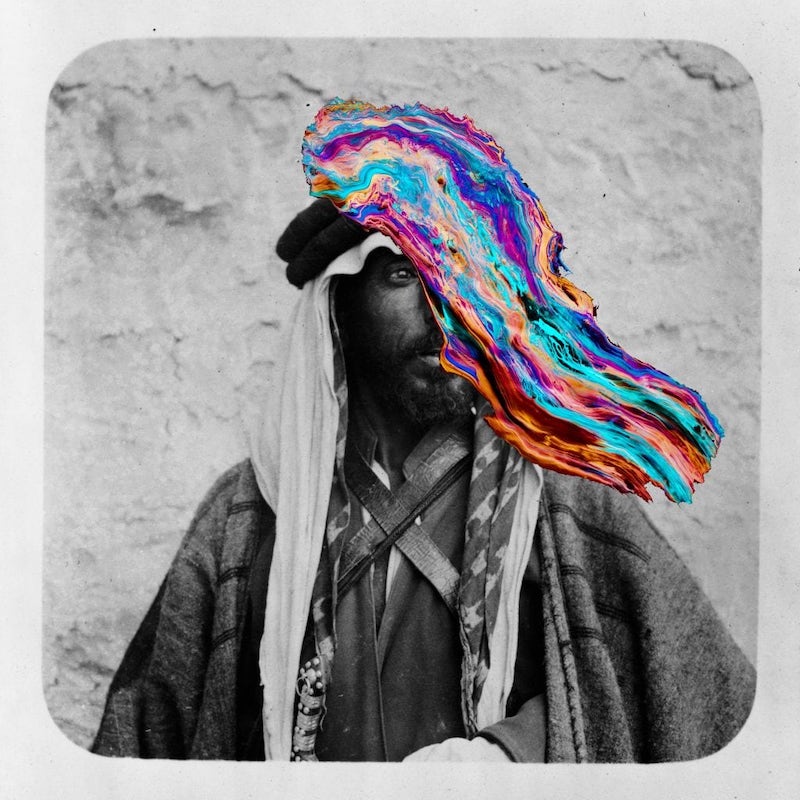Shining Light on the Middle East's Rising Stars
By Agnese Oliveri
Aspiring collectors, art curious, and experienced art appreciators, look out for Middle Eastern art. Indeed, just like the mainstream art market started about 20 years ago to look at Asia, a momentum is growing for Middle Eastern art. It is not a question of trend, however, but of finally recognising the bright and brilliant repertoire that the Middle East has always produced and produces now. Middle Eastern contemporary art is innovating in its diverse use of media, as well as in its revolutionary adaptation of Western ideas and concept. The result is a mind-blowing experience that will make you doubt everything you thought was norm and expected in main stream art.
 Darwiche Chamaa, 50x50cm, $500
Darwiche Chamaa, 50x50cm, $500
You will find yourself enchanted in Zaina Al Said’s landscapes, and you will be faced with Western intromission in the Egyptian lands with Beya Khalifa. These artists are one example of dreamy imagination combined with critical insights, both drawing from their background, as well as from Occidental incidences experienced in their lives. The reason why artists like this will son boom in the market, is because they bring something that has never been seen.
 Helen Zughaib, 50x70 cm, $1800
Helen Zughaib, 50x70 cm, $1800
Likewise, tradition’s role in the artworks of artists like Morteza Shamissa, Rabee Bagshani or Keyvan Heydari Shovir always fail to match your expectation. Tradition is constantly renovated by these artists who are legitimately creating a new artistic language unique to their oeuvre. An incredible example is calligraphy, given a new life by the works of Ibrahim Al Atiyah and of Younes Faghihi, who are combining abstraction and literacy, creating a beautiful mix.
Moreover, the struggles faced in many countries in the Middle East, seek for a representation and an audience. It is now crucially important to acknowledge the power that this art carries within, and how its presence in mainstream art markets sensitises people to matters of vital importance. Artists like Helen Zughaib and Mo Negm are only same of the artists that are inspiring great change in the social importance of Middle Eastern art, for local consumption, as well as for an international one.
This is the moment to fully appreciate this art and to start collecting it, because soon it will boom in the market. After years of marginalisation operated in the artistic businesses, finally there is an opening: Middle Eastern artists are ready to break in.


